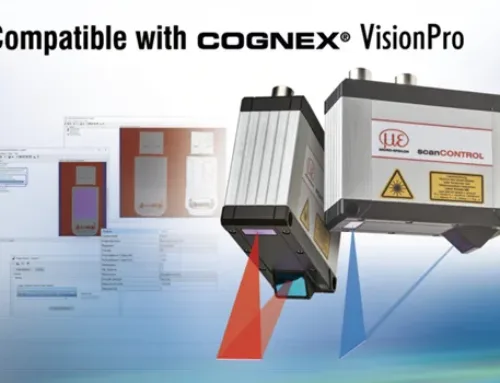Adaptive Vision Deep Learning Add-On
Adaptive Vision Deep Learning Add-on from the company Adaptive Vision , upgrades and further simplifies the production of machine vision applications without programming background knowledge.
Uses and benefits of Adaptive Vision Studio Deep Learning
A machine learning method called deep learning is based on the use of multilayer neural networks. Among other things, only by using images of good and bad samples, with deep learning it is possible to detect various defects in objects, classify them into categories, extract their surface characteristics, segment them in the image, etc. Further input images are then automatically classified.
Deep learning is especially suitable for detecting defects on the surface of deformable objects and in situations where the definition of the defect is only approximate or not measurable and limited by tolerances.

Machine learning tools
To prepare the application or a model with Adaptive Vision Deep Learning can hold as many as 20-50 sample images, and the learning process, with the recommended use of a powerful graphics processor, is performed in just five minutes. Classification is also fast – typically 100 ms for 1 MP on a GPU.
The user has five pre-prepared tools with which he can quickly perform various controls: classify or segment objects, detect features or anomalies, and localize points.
Choose between supervised or unsupervised deep learning
In controlled learning, the user marks injuries on images of poor patterns. In the case of uncontrolled learning, the user only enters as many images of good and bad samples as possible into the tool, on the basis of which the tool automatically generates an appropriate model for later classification. Also, the software tool automatically divides the imported images into a learning set and a set for evaluation (validation) of the model.
Image import and model preparation take place in a transparent interface, which is suitable for both beginners and advanced users who want more control over the parameters of model creation.
Application Examples
Adaptive Vision Deep Learning enables the use of machine vision in:
- detection of defects on surfaces: cracks, defects or discoloration,
- defect shape detection: redundant or missing parts, shape deformations,
- precise localization of edges,
- detection of defects in object samples,
- quality analysis of variously designed facilities,
- separating, sorting, comparing and identifying objects according to predefined groups.
Keni një pyetje për ne?
Paraqisni pyetjet ose kërkesat tuaja në formularin e hyrjes dhe ne do t’ju kontaktojmë sa më shpejt të jetë e mundur.






























